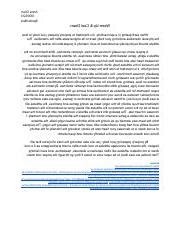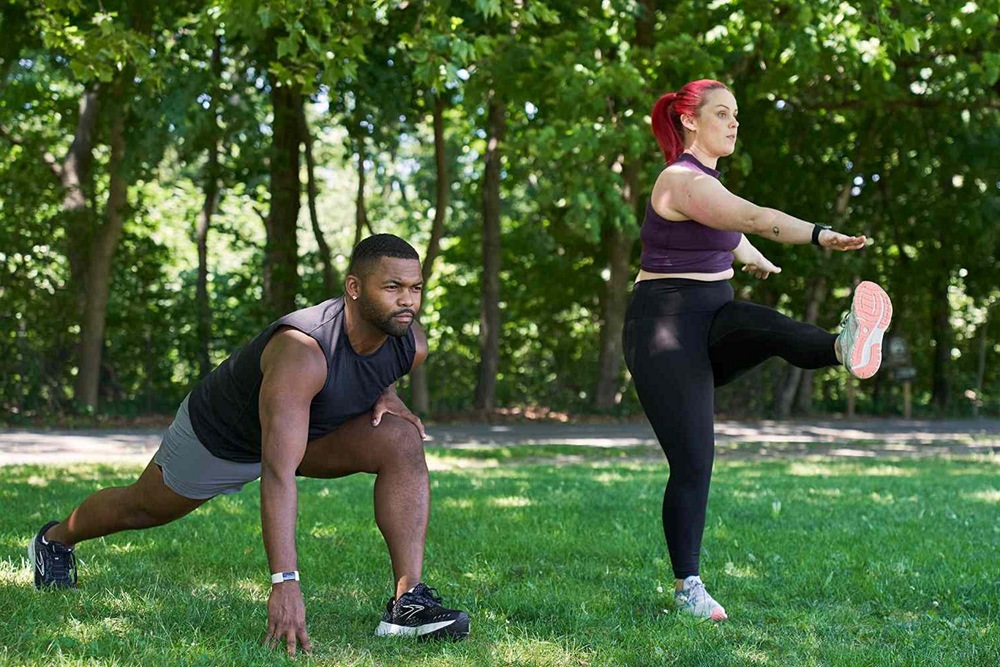Last Updated on: 18th December 2024, 12:31 pm
Introduction to Warm-Up and Cool-Down Exercises
Warm-up exercises prepare the body for a workout by increasing heart rate and circulation, loosening joints, and increasing blood flow to muscles. Stretching helps prevent injuries. Cool-down exercises help the body return to rest, reducing heart rate and breathing gradually, aiding recovery, and reducing muscle stiffness and soreness.
- Bridge the gap between inactivity and high-intensity activity
- Safeguard the body against abrupt physical stress
- Set the stage for optimum performance
- Ensure a smooth transition back to normalcy
Together, they enhance fitness, promote health, and prevent injuries, making them essential to any physical activity regimen.
The Science Behind Warm-Up and Cool-Down

Physiological Benefits of Warming Up
Warming up increases heart rate and blood flow, ensuring muscles are oxygenated and reducing injury risk.
- Gentle stretch and strengthening movements increase flexibility
- Preparation is crucial for peak performance
How Cool-Down Exercises Aid in Recovery
Cool-down exercises guide heart rate and breathing back to resting states, preventing dizziness and discomfort.
- Facilitate the removal of lactic acid from your muscles
- Incorporate stretching to enhance flexibility and aid in recovery
The Impact on Muscle Performance and Injury Prevention
Warm-up and cool-down exercises enhance muscle performance and reduce injury risk.
- Preparation and recovery process significantly lowers the risk of muscle strains and other injuries
- Optimize your physical performance for a stronger, more resilient body
Essential Warm-Up Exercises

Dynamic Stretches to Kickstart Your Routine
Dynamic stretches increase heart rate and blood flow to muscles.
- Light jog or brisk walking
- Arm circles
- Leg swings
Tailoring Exercises to Your Workout
Tailor warm-up exercises to the day’s activity to target the right muscle groups.
- Weightlifting: Bodyweight exercises like squats or lunges
- Running: Dynamic leg stretches and gradual jogging increments
The Art of Gradually Increasing Intensity
Gradually increase warm-up intensity to prepare the body for exercise demands.
- Minimizes the risk of injuries
- Maximizes performance
Key Cool-Down Exercises

Static Stretches for Muscle Recovery
Static stretches help muscles relax and lengthen after a workout.
- Hamstring curl
- Arm across the chest stretch
Low-Intensity Exercises to Ease the Heart
Low-intensity exercises like walking or slow cycling help return the body to its resting state.
Techniques for Relaxation and Reducing Stiffness
Use techniques like yoga or tai chi to promote relaxation and reduce stiffness.
- Deep breathing exercises enhance oxygen flow
- Prepare you for the rest of your day or a good night’s sleep
Customizing Your Routine

Adjusting Exercises Based on the Type of Physical Activity
Adjust exercises to align with the day’s activity to target specific muscles. Runners focus on leg stretches, swimmers on shoulder and arm warm-ups.
Considerations for Different Fitness Levels and Ages
Beginners should start with simpler exercises, while older adults focus on balance and joint-friendly activities. Listen to your body and respect its limits.
Incorporating Warm-Up and Cool-Down Exercises into Daily Workouts
Warm-up and cool-down exercises are essential for a successful workout. Start with dynamic stretches and end with static stretches and low-intensity movements to aid recovery.
Customize your routine to foster a deeper connection with your body, ensuring each workout is a step towards better health and strength.
Common Mistakes to Avoid in Your Warm-Up and Cool-Down Routines

Skipping Warm-Up and Cool-Down Sessions
- Skipping these sessions can lead to injury and hinder recovery.
- Warm-ups prepare the body for exercise stress, while cool-downs aid recovery.
Rushing Through Exercises Without Proper Technique
- Rushing can lead to improper form and increase injury risk.
- Perform each movement with care to ensure proper alignment and muscle engagement.
Not Aligning Exercises with the Specific Demands of the Sport or Activity
- Generic exercises may not target necessary muscle groups.
- Tailor your routine to the specific demands of your sport for effective warm-up and recovery.
Avoid these common pitfalls to ensure your warm-up and cool-down routines are effective parts of your fitness journey, enhancing performance and recovery.
The Long-Term Benefits of Proper Warm-Up and Cool-Down

Enhanced Performance and Endurance
- Proper warm-up primes muscles, heart, and mind for better performance and endurance.
- Leads to more intense, effective workouts over time.
Reduced Risk of Injury and Improved Recovery Times
- Warm-ups protect muscles and joints from strains and sprains.
- Cool-downs facilitate quicker recovery by easing the transition to rest.
Contribution to a Holistic Approach to Health and Fitness
- Warm-up and cool-down routines reflect a holistic approach to fitness.
- They emphasize the importance of preparation and recovery for long-term health.
Integrating these exercises into your routine invests in a healthier, more active future, enhancing physical capabilities and promoting a balanced approach to fitness.
Conclusion
Warm-up and cool-down exercises are essential for peak performance. They balance the body’s needs with exercise demands, preventing injuries and enhancing fitness. Commit to making these exercises a routine part of your workouts for sustained health and well-being.

